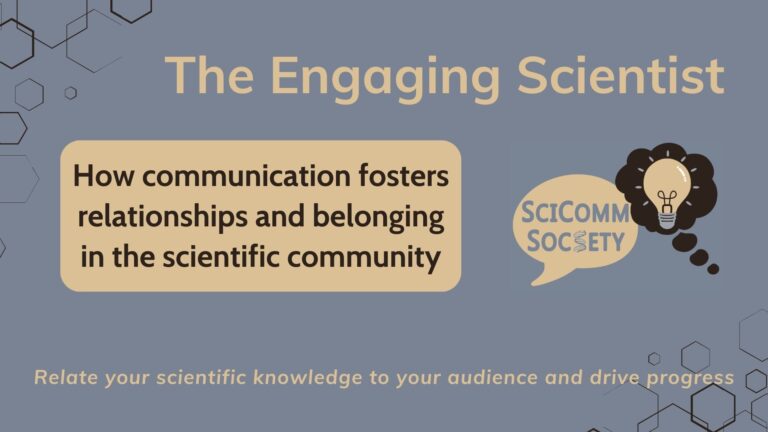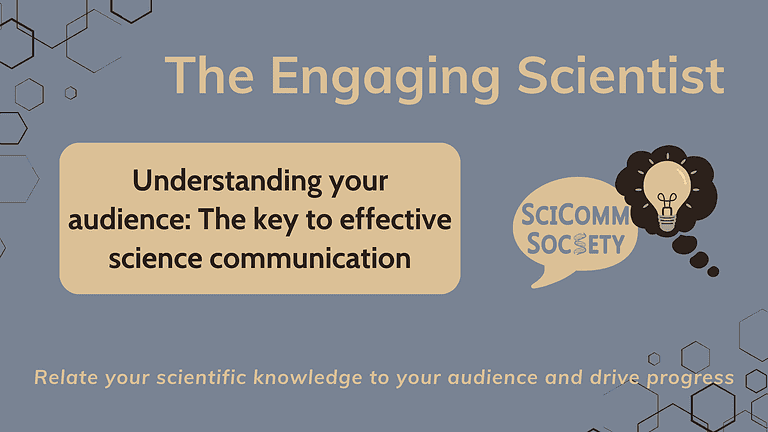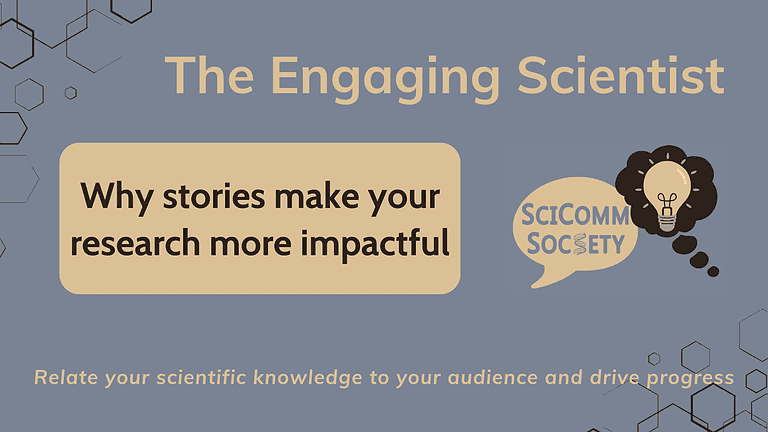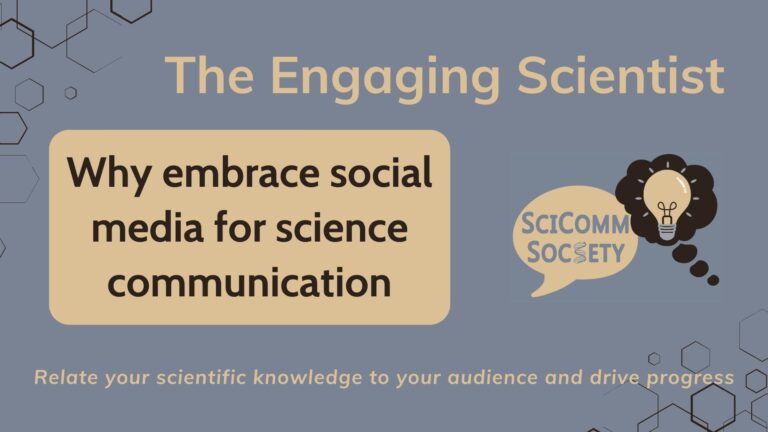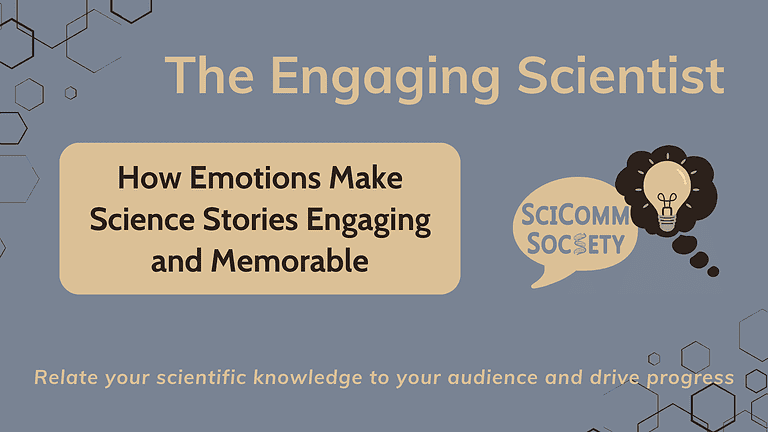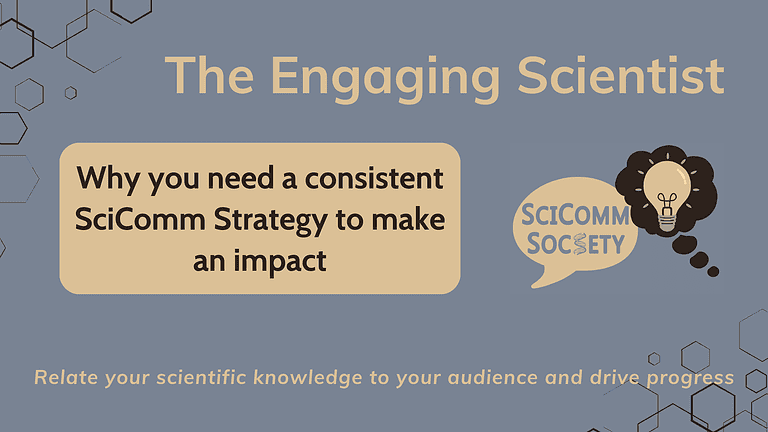Picture this: You’re at a scientific conference, surrounded by brilliant minds from around the globe. The air is charged with ideas to solve some of our greatest global challenges. But when it comes to realising these scientific ideas, creative collaboration and strong, trustful relationships are required.
These connections are built on one critical component: effective communication. This means mastering the art of communication can transform your scientific journey from a solo expedition into a collaborative adventure, fostering relationships that not only advance your career but also enrich your personal life.
The all-too-famous 80-year Harvard study on lifelong happiness revealed that quality relationships are the primary feature of happy people. The research found that individuals with strong community networks, marriages and/or circles of friends were the most satisfied, healthy and fit at any age. Studies like these support the idea that being part of a community improves our emotional and mental well-being, motivates us to set and pursue goals and provides crucial social support.
The types of relationships in the scientific community
Yet, for scientists, prioritising relationships can be challenging. Long working hours and frequent moves across countries and continents often hinder us from building trusting, stable relationships or developing a sense of belonging. Many of us find solace in belonging to the scientific world, and for some, that is enough.
However, even within the scientific community, we experience various types of relationships that significantly impact both our personal and professional lives. When facing professional setbacks, a supportive network can help us build resilience and find solutions to challenges more efficiently. Let’s explore how trust, belonging and meaningful relationships contribute to scientists’ success:
Productive collaboration
Collaboration is an essential part of scientific progress, requiring the exchange of resources and ideas. It is also a great opportunity to build stimulating relationships with researchers who share similar research interests. By working together towards a common goal, it is not uncommon for scientists to establish lasting connections and strong relationships.
To achieve this, transparent and honest communication is fundamental to share data, results, strategies and methodologies. Clear communication also helps establish understanding for the overall project as well as the roles each team member plays. By building trust with each other, collaborators foster idea-sharing and problem-solving, leading to higher productivity and scientific success.
Professional development and mentoring
As scientists, we are also always in relationships involving mentors and mentees. These allow us to learn about scientific or professional aspects from more experienced community members, while we also have the opportunity to share our knowledge with less experienced members.
Effective and open communication is critical to build mentoring relationships in which both sides feel comfortable to open up about their career aspirations and to share both positive and negative experiences. Allowing this vulnerability and growing these career-focused relationships comes with several advantages: We can shape the next generation of scientists while also growing professionally, thus advancing our careers and improving our scientific output.
Scientific validation and peer review
The scientific peer review process involves some of the trickiest relationships within the scientific community. Even though both parties are often unknown to each other, the process greatly relies on honest, transparent and non-violent communication.
Yes, it can feel daunting and demoralising to receive criticism on a project that we’re highly passionate about. But prudent and reasonable communication, together with acknowledging and appreciating the work of other scientists, is key to improving the relationships between peers. This not only establishes trust but also motivates the other party to proceed with the requested modifications. Ultimately, constructive criticism can improve a research study and the resulting manuscript, thus bringing more value and knowledge to the scientific community.
Peer support
As scientists, we can go through ups and downs on a nearly hourly basis. These challenges can be reduced with stable and meaningful relationships and emotional support. Sharing both positive and negative experiences with peers helps us to distance ourselves from a difficult situation while it also gives us objective input. Based on the received feedback, it will be easier to deal with the challenges, making us more resilient and helping us focus on the next steps.
Also, by actively engaging with and supporting colleagues, providing constructive feedback or creating peer support groups, you can build a trusting and stable social network. Help other scientists wherever you can and share your expertise to become a pillar in your community.
Scientific outreach
As scientists, our job is not only to share our research with peers but also to communicate outside of the scientific community. Sharing your results with non-scientists through engaging communication has several advantages: It sparks curiosity and may inspire the next generation of scientists. This, in turn, helps people feel a sense of belonging as well as awe for the world.
With science outreach projects, the public also learns about and understands the value of research and the spending of tax money. With a growing public interest in your research field, it will only receive more attention and eventually, more funding.
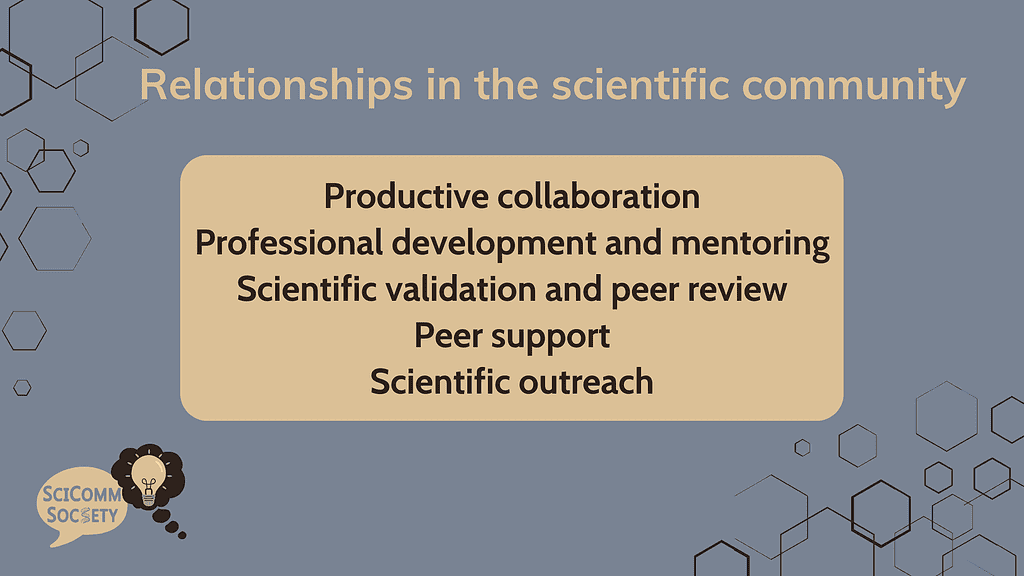
Effective communication in the scientific community
One of the core values of SciComm Society is to build relationships and create a sense of belonging. As effective communication allows you to share your ideas, knowledge and goals with others, this also builds trust. And trust is by far one of the most important pillars to building meaningful relationships.
Hence, by focusing on your communication skills, you can easily improve your relationships — both in the personal and the professional setting. Here are some tools for you to apply to enhance your communication skills:
Clear and concise science writing
When sharing your experimental findings with the scientific community in publications or articles, clear and concise writing is key so others can learn from your research. This requires you to use precise language, adequate technical terms and jargon and organise your information logically and in a straightforward storyline.
Hence, only by considering your target audience and communicating your experimental setup and findings clearly will others learn from your article. When your reader understands both your message and your science, they start trusting you as a scientist.
Active listening
Active listening is a crucial component of communication and relationships in all areas of life. When engaging in meetings, discussions or scientific presentations, listen attentively without judging what is being said. Wait for the presenter to finish their speech and afterwards, give the said content thought and formulate your questions.
If you start thinking while the other person is still talking, you will not pay attention to what else is being said. Hence, active listening fosters understanding, learning and sharing different perspectives.
Participating in scientific conferences and workshops
For scientists, going to conferences to share and discuss research with other experts from the field is part of the culture. As such, presenting at scientific conferences and workshops is an excellent way for you to connect with peers while also learning about the latest research.
By working on your communication and presentation skills, you will not only get the chance to showcase your research findings but also help your audience learn. Yes, it may seem scary to talk in front of seasoned experts. But sharing your data with other researchers from the field allows you to establish yourself as an expert in the community, build professional relationships and collaborations and eventually advance the scientific field.
Collaboration platforms and tools
Technological advancements have made scientific collaborations and asynchronous communication easier than ever before. Scientists can use online platforms, such as shared project management tools, video conferencing software and document-sharing platforms to collaborate globally and location- and time-independently.
These digital scientific tools promote efficient and transparent communication and enable scientists from different geographical locations to work together seamlessly. Ultimately, multi-disciplinary collaborations are key to solving scientific problems and advancing the field.
Engaging in science outreach projects
While sharing your research findings with the scientific community is critical, talking to non-experts about your research is just as important. Many people outside of your research field are truly interested in learning about scientific topics and improving their lives with scientific knowledge.
Hence, tailoring your language to a non-expert audience allows you to share your science with anyone interested. Adapting your communication to your target audience and telling engaging stories about your topic will help them connect and relate with you. This, in turn, builds trust in you as a scientist and in the scientific community and science in general.
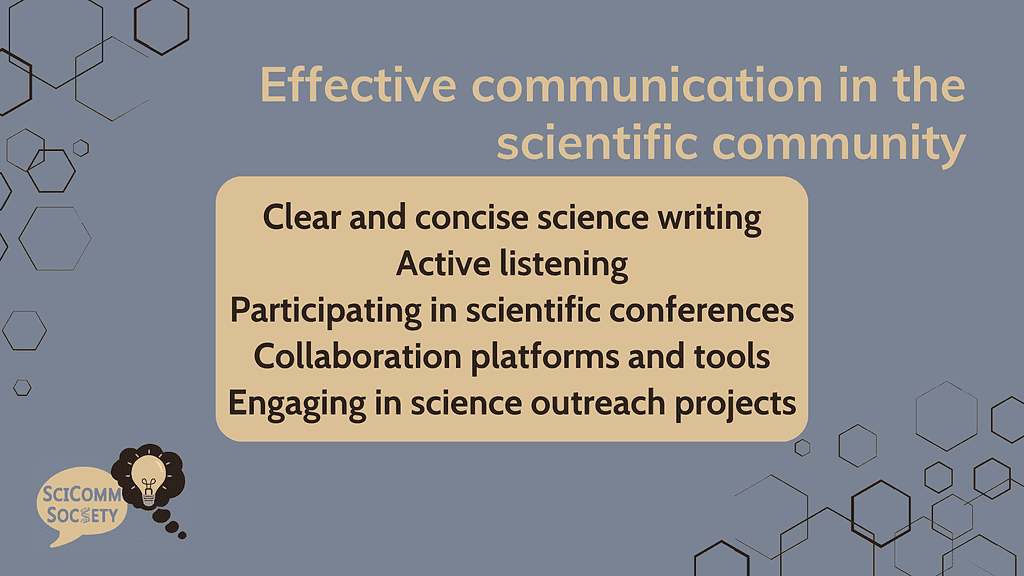
Building a sense of belonging as a scientist
As we have seen, your productivity as a scientist only benefits from effective communication and strong relationships. Yet, loneliness is also present in the scientific community and experienced by many scientists throughout their time in academia. The pressure to succeed, regular moves across countries, long hours spent in the lab and the competitive nature of scientific research can lead to feelings of isolation and loneliness.
Hence, it is critical that you actively seek out opportunities for social interactions, to build relationships and foster a sense of belonging within the scientific community. Open and transparent communication is thus not only a tool for breakthrough discoveries, scientific advancements and innovation, but also key for your mental health.
Make yourself seen and heard by other scientists and become a relevant pillar in your community. With a strong relationship network, you will see your personal growth, emotional well-being and happiness excel. Enjoy!
